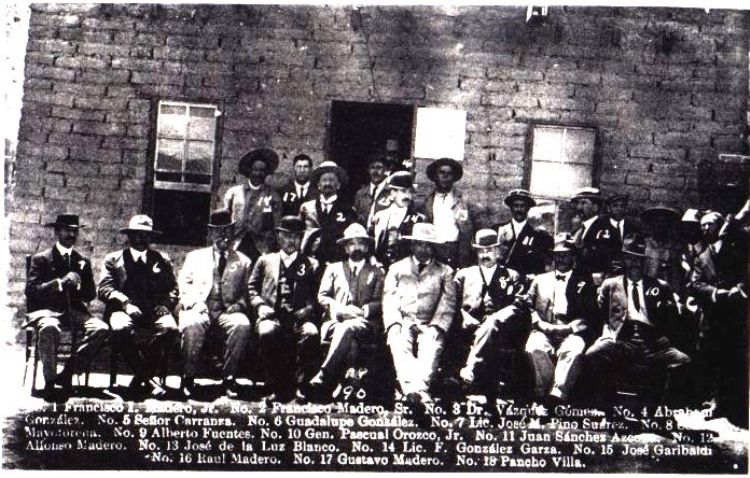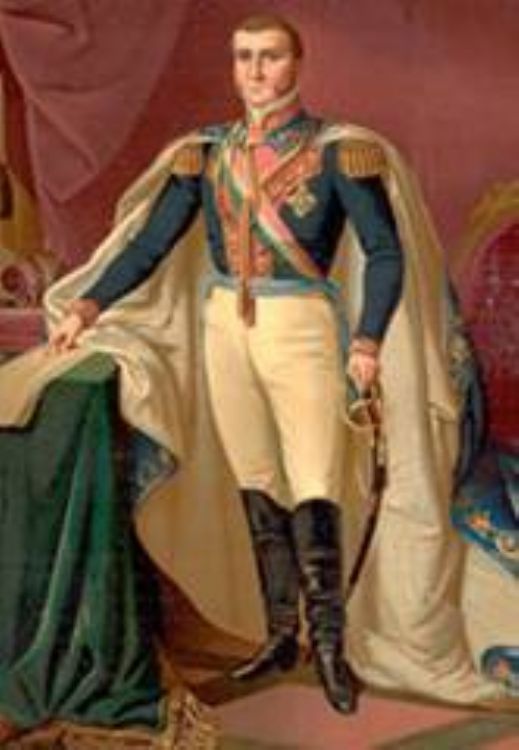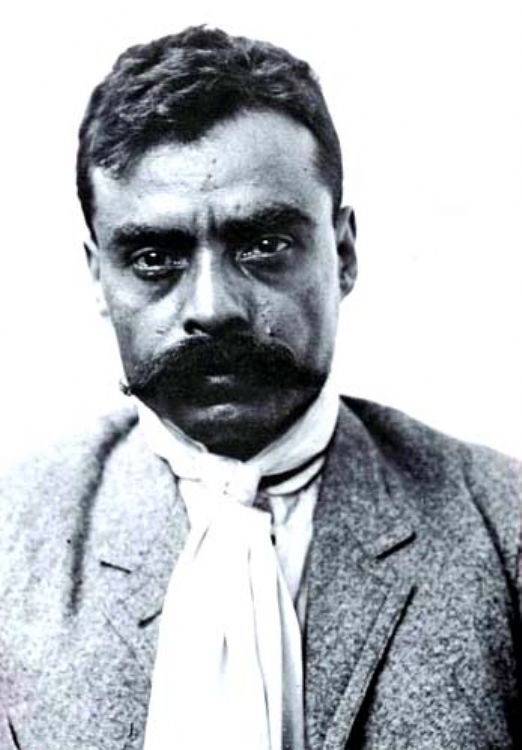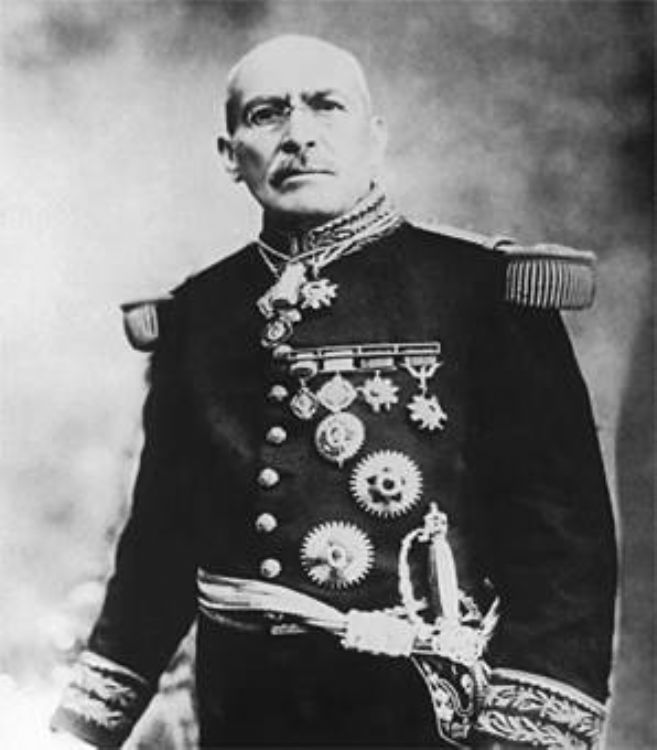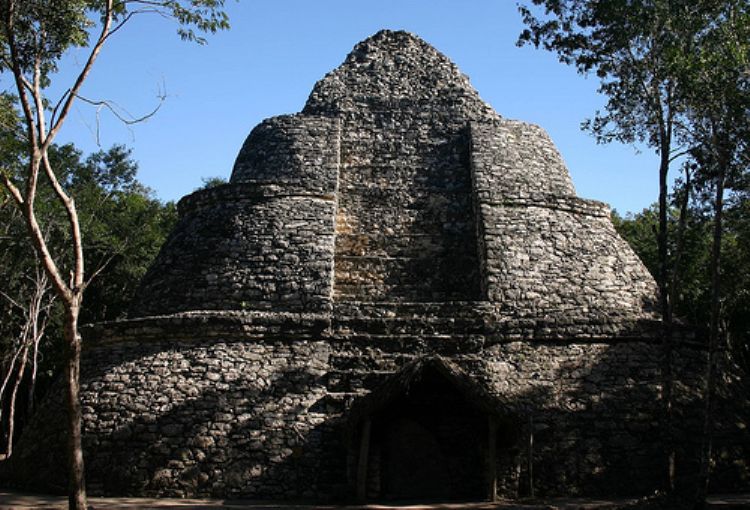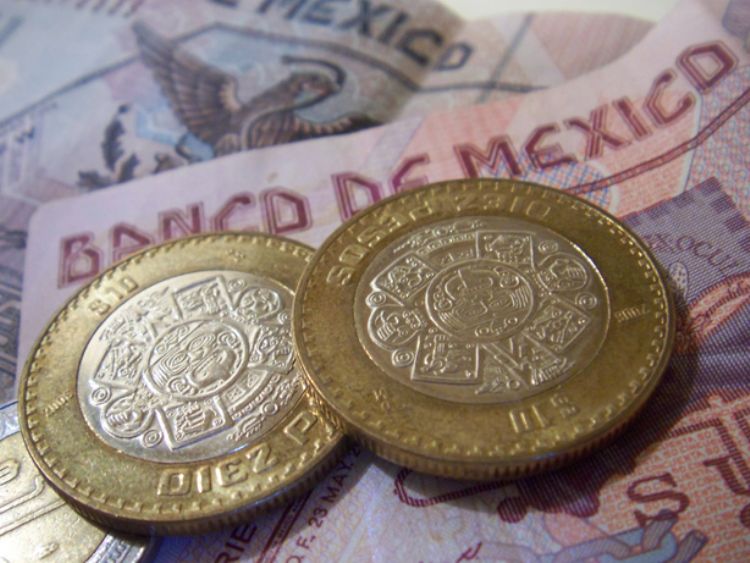UNAM, and it's history
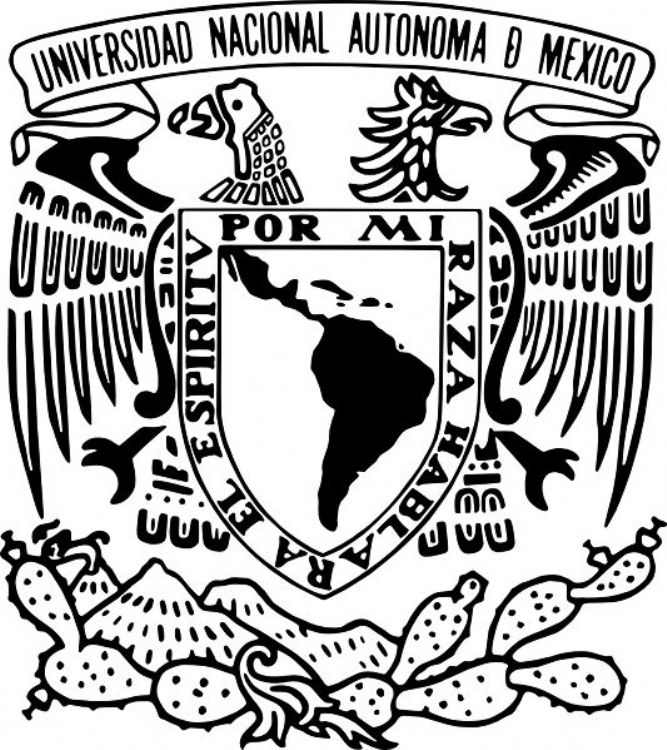
Started under the name of Real y Pontificia Universidad de México on the 21st of September 1551, UNAM began its activities in Mexico City. By then, it was one of the most important and largest, not only in Mexico but in all of Latin America. Its philosophy has always responded to a sense of development, at the service of the country and humankind by forming professionals useful to society, able to organize and carry out research, preferably on social situations and difficulties that vastly extend cultural benefits.
Based on the principles of freedom for teaching and research, it started as an organism decentralized from the State, obtaining inspiration in the different streams of thought, not participating in military activities and disregarding individual interests.
UNAM is a university with a great academic recognition in Latin America. With its main campus on the south of Mexico City, it is beautiful for its art, which is considered part of the national project. This campus is better known as CU (Ciudad Universitaria) and was the work of the most renowned architects in Mexico during the 20th century: Mario Pani, Enrique del Moral and Domingo Garcia Ramos, in addition to great world famous artists such as David Alfaro Siqueiros, Francisco Eppens and Diego Rivera. Admirable is the artistic and imposing Olympic stadium, enormous central esplanade in front of the Rectory Tower, beautiful swimming pools, original sports courts and majestic buildings. It started its activities in 1954 during the presidential period of Miguel Aleman.
Constantly, UNAM generates a great number of publications that attempt to promote the interest of different areas of knowledge, motivating interest in science and culture. It is impossible to forget the Nobel Price winners that have graduated from UNAM.
Started as Universidad Real y Pontificia de México, it began its classes on the 25th of January 1553 by the viceroy of New Spain, Don Luis de Velasco, on the street of San Idelfonso, located downtown Mexico City, and was closed by liberals in the mid-XIX century.
During the government of Porfirio Diaz, exactly on the 22nd of September 1910, the Universidad Nacional de Mexico was inaugurated, without being autonomous yet, after the presentation of its Constitutive Law by Justo Sierra Mendez. Its first rector was Joaquín Eguía Lis.
âPor mi raza hablará el espírituâ (my race will speak through the spirit) is the universityâs motto and was written by José Vasconcelos, who in his book La Raza Cósmica speaks of the Latin American race born from the union of two different cultures.
An ambitious expansion program began in the seventies, creating the five venues of the Science and Humanities schools and the five multidisciplinary venues or F.E.S. (higher education faculties) which are: Acatlán, Aragón, Cuautitlán, Itztacala and Zaragoza.
By 1921, José Vasconcelos, rector of UNAM, conceived and created its coat of arms and motto, currently provoking the sublimation of its population. The coat of arms characteristically has a map of Latin America with the legend âpor mi raza hablará el espírituâ which is sustained by an eagle and a condor resting on the Aztec volcanoes and cactus.
âPor mi raza hablará el espírituâ gives evidence to the human vocation with which it was created. José Vasconcelos, the phraseâs author, became rector in 1920 when the Latin American university reform began, back when the hopes of Mexicoâs revolution were still latent. There was an enormous faith in the country and in the redemption spirit of the times, in words of José Vasconcelos âthis motto represents the conviction that our race will create a culture of new tendencies, of a spiritual and freeing natureâ, later he added âthis is how I imagined the universityâs coat of arms presented to the Council, roughly and with the legend, meaning we were awakening from a long night of oppressionâ. In 1929, it obtained its autonomy and in 1954 it moved to new facilities in the south of Mexico City.
Ciudad Universitaria (CU) had 2 million square meters; currently there are more than 3 million when adding the ecological reserve it protects. Hosting more than a thousand buildings, it includes 138 libraries with 5 million books, a concert hall named Sala Nezahualcóyotl, which is the venue of the UNAM Philharmonic Orchestra, and a central library with walls directed to the for cardinal points. Juan OâGorman represented moments of Mexicoâs prehispanic history on the north face, on the south face he painted the moon and the sun, the one on the east refers to the contemporary world, the conquests and aspirations of the XX century, highlighting the atom that symbolizes a new worldview and reflecting on the western wall the universityâs function in Mexico. It shows a notable architecture in its comfortable spaces and has a wood airplane floating from above. It has a sculpture space of impressive size and the University Olympic Stadium by architects Augusto Perez Salinas Moro and Jorge Bravo, who built it in the shape of the hats worn by Mexican charros.
On the east side there is a mural by renowned artist Diego Rivera, called âLa Universidad, la familia mexicana, la paz y la juventud deportistaâ (the University, Mexican family, peace and athletic youth). It is a relief over natural colored stones and shows the universityâs coat of arms, a condor and an eagle resting on a cactus. Under its extended wings the artist placed three figures representing the family. The father and mother giving the peace dove to their child. On the sides are two colossal figures corresponding to two athletes, a man and a woman, igniting the Olympic torch. A gigantic feathered serpent, the image of prehispanic god Quetzalcoatl, is added to the composition on its lower side.
The complete project, according to the intentions of Rivera, was to cover the stadiumâs whole exterior; unfortunately, death stopped him from completing his project.
The asymmetry of the eastern stands highlights the end of the projectâs composition together with Ciudad Universitaria, giving emphasis to the whole set when viewed from Insurgentes Avenue.
At the end of 2005, UNAM was recognized as the best university of Latin America, Spain and Portugal and as number 95 among the worldâs best. Its main campus has been recognized by UNESCO as World Heritage. UNAM frames an ideological, cultural and academic diversity that pretends to represent the plurality of the countryâs development, striving for academic excellence.
Artículo Producido por el Equipo Editorial Explorando México.
Copyright Explorando México, Todos los Derechos Reservados.
Foto: Wikipedia Ver Licencia

